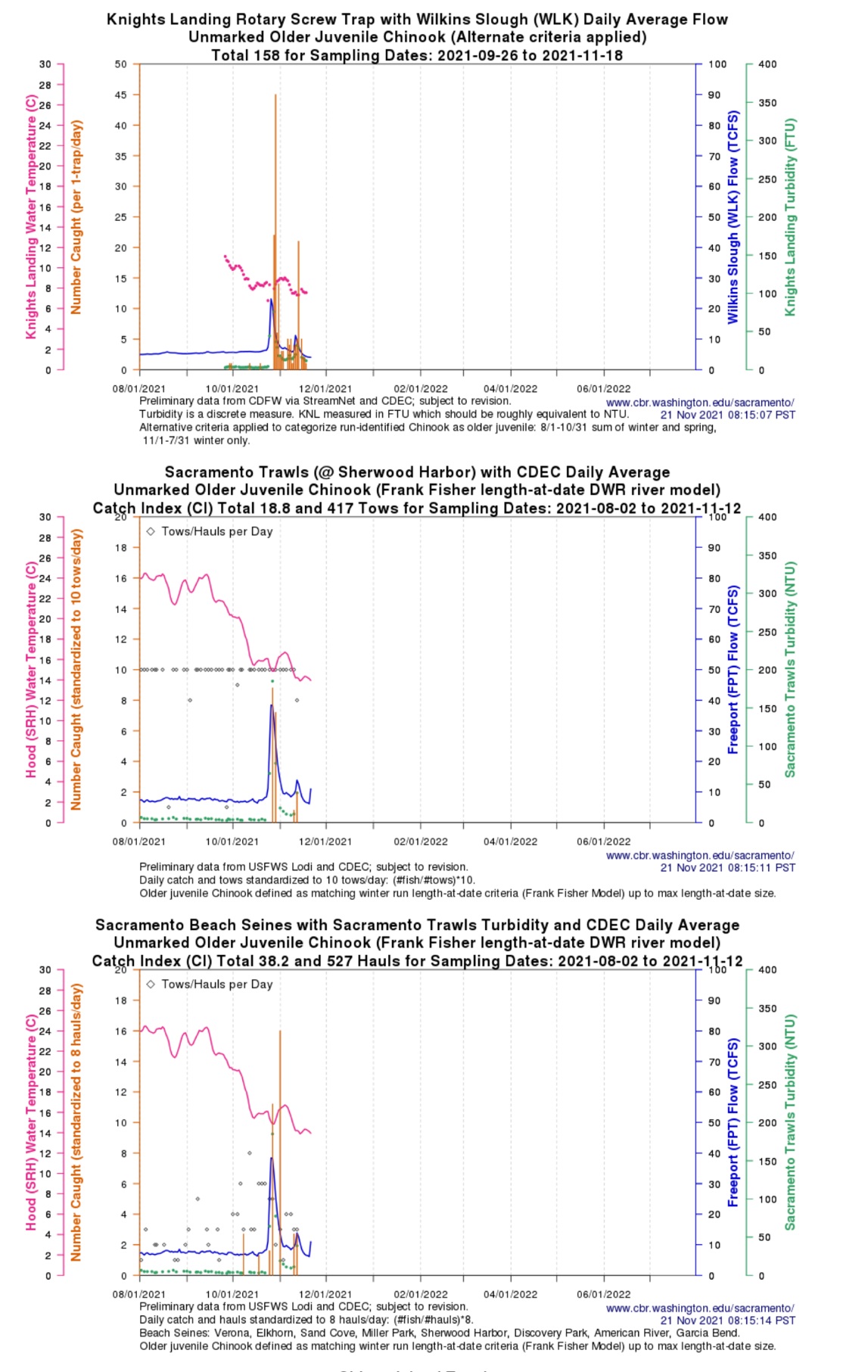(Editor’s note: The opinions expressed in this post do not necessarily represent the positions of CSPA.)
The Delta is still here, albeit not what it used to be. Yes, the Delta smelt are gone, the striped bass are at historic lows, and largemouth bass and bluegill abound. Plankton densities are way down and their species-composition is highly altered. Waters are warmer and saltier, and less turbid in dry-year summers. Invasive aquatic plants are taking over. Tidal flows now dominate over river inflows and Delta outflows. Winter flushes still occur in odd years, but droughts predominate. Climate change, heavy water use, and pollution have taken a toll. But the Delta is still home to a vast array of native fish and other aquatic organisms, and remains a seasonal critical rearing and migrating habitat of endangered salmon, steelhead, sturgeon, lamprey, and smelt. So what does the future have in store for the Delta, and how can we influence the outcome, especially for the aquatic ecosystem and its fish community?
To me, it has always been a simple solution involving the following array of strategic actions, although they are a very hard sale. I have seen little progress and further damage to the Delta in my nearly 50 years working on the Delta issues, because of uncertainties and high costs, slow planning processes, and oh so many delays.
- Stop exporting from the south Delta. Most of the water supply comes in from the north, so why pull it through and export it from the south? It has always been the main problem.
- Cut back on taking water from the Delta. Projects take a quarter of inflow and other users take another quarter or more (Figures 1 and 2). In early June 2021, just 2000 cfs was reaching the Bay, out of 6000 cfs of Delta inflows.
- The Delta needs more inflow in most years. The Delta is too warm in summer (Figure 3), and now more prone to blue-green algae blooms. Inflow from the San Joaquin is especially important to the Delta ecosystem.
- The Delta needs more nutrients to produce more plankton and benthos; it lacks nutrients because nutrients and aquatic productivity are exported/diverted and replaced by reservoir water that is very low in nutrients and productivity.
- The low salinity zone should be located west of the Delta in the cooler eastern Bay where it can be more productive – more outflow is needed. This is especially important in spring of dry years (Figure 4), when low outflow results in the low-salinity zone being located in the Delta.
- Invasive aquatic plants should be cut back as much as possible – this will help improve plankton, lesson water clarity, lower water temperature, and reduce habitat of non-native fishes.
- The biomass and productivity of non-native fishes should be reduced by whatever means possible.
- Pollutant inputs to the Delta should be minimized. Herbicides and pesticides and other pollutants inputs are too high.
- Ship-channel dredging and shoreline-shoal habitat degradation should be lessened.
- The tidal-prism should be increased with expansion of flow-through Delta tidal channels. Avoid shallow floodplain enhancements that increase water temperatures.
- Restore Delta channel riparian habitats to increase shoreline protection, provide shade, and increase aquatic and terrestrial food for fish.
- Release hatchery-raised delta smelt in optimal habitats in the Delta to reduce the imminent threat of their extinction.
There are more planning and restoration efforts today than 50 years ago. So much more information is available. It should not be this hard.

Figure 1. Delta outflow (DTO) plus major sources of Delta inflow in May-June 2021. Wilkins Slough (WLK) is contribution from upper Sacramento River system (mainly Shasta/Trinity reservoir water). Freeport is Sacramento channel in north Delta including Feather and American system reservoir inputs (total Sacramento Valley inputs minus its diversions). Vernalis (VNS) is San Joaquin Valley inputs to Delta. Flow through Georgianna Slough is water crossing over from Sacramento to San Joaquin channel including some from Delta tributaries (primarily Mokelumne River). In early June, only slightly over 2000 cfs was reaching the Bay out of slightly more than 6000 cfs of Delta inflows.

Figure 2. The major inputs and outputs from the Delta in summer 2021. DTO = Delta outflow. VNS = San Joaquin River inflow to Delta at Vernalis. FPT = Sacramento River inflow to Delta at Freeport.

Figure 3. Water temperatures in Delta plus Delta outflow in June-July 2021. FPT = Freeport. DLC = Delta Cross Channel. OH4 = Old River in central Delta.

Figure 4. Salinity (specific conductance or EC) in the western Delta near Jersey Point 2014-2021. Note three April-July periods highlighted in drought years 2014, 2015, and 2021.












